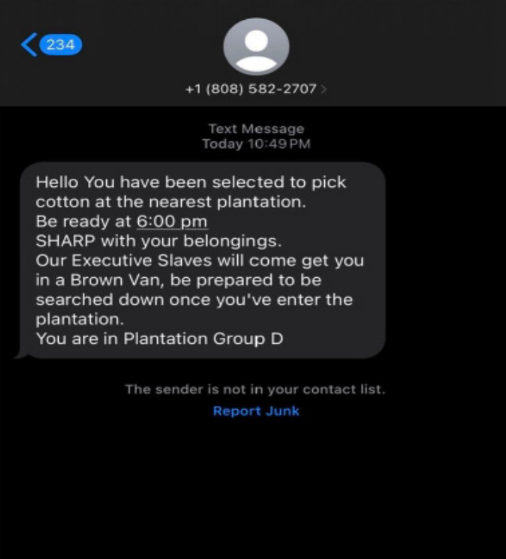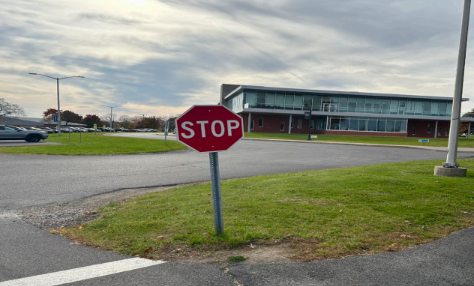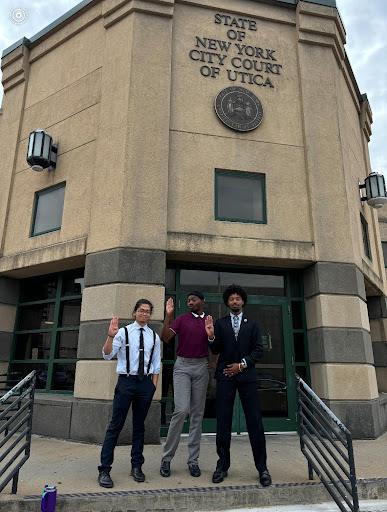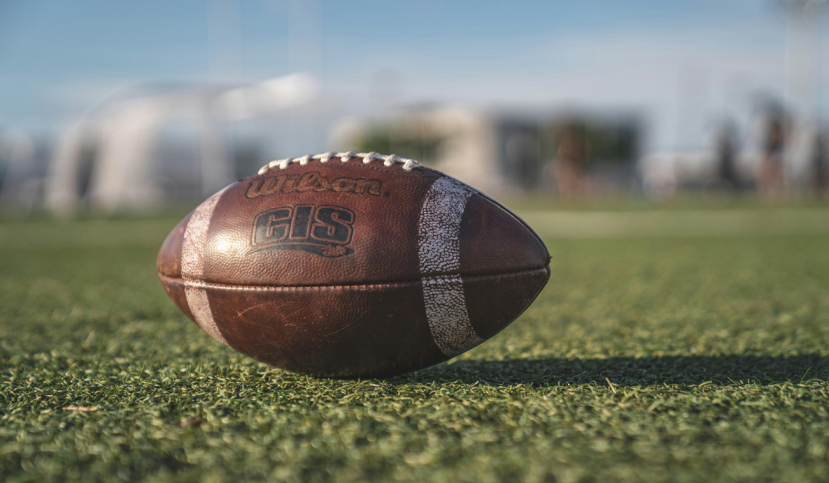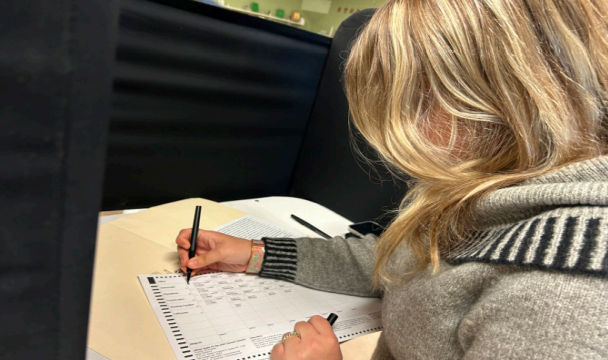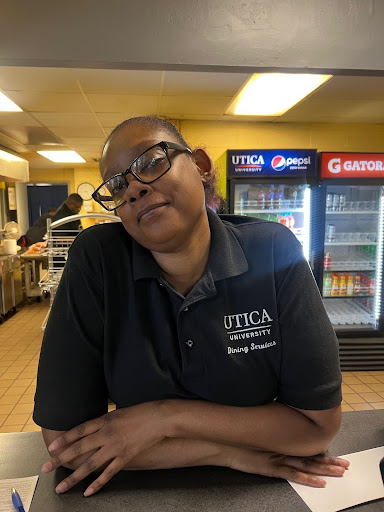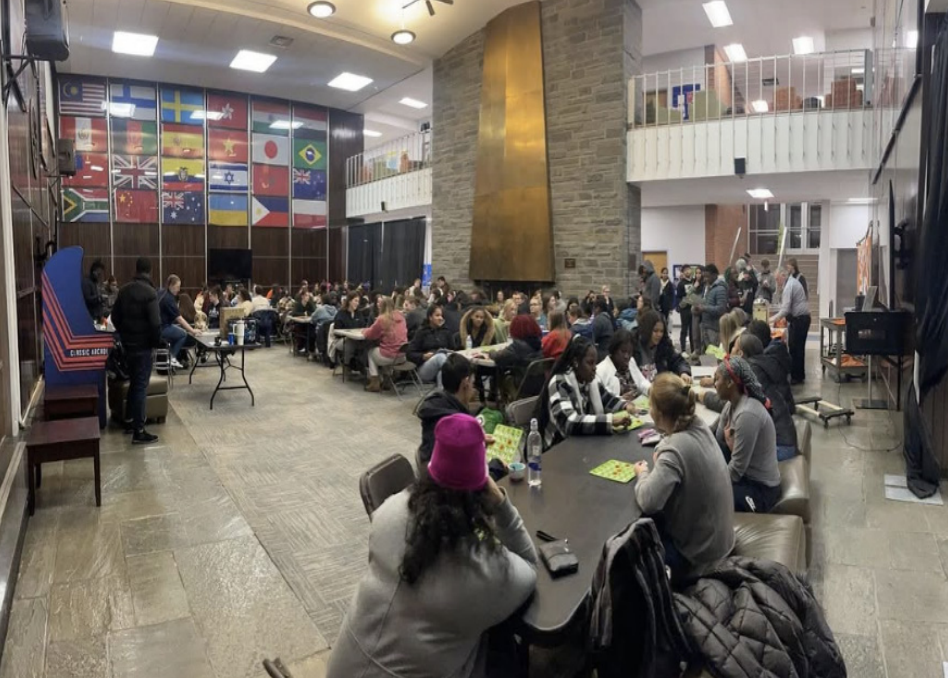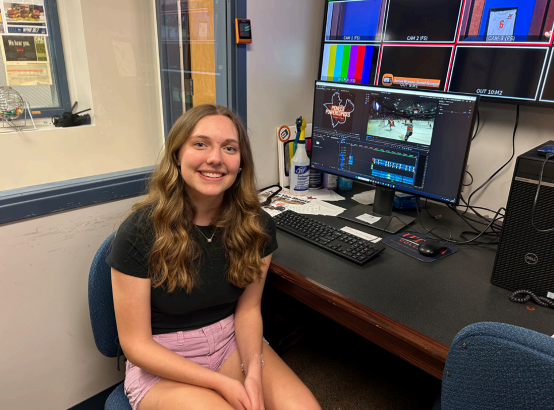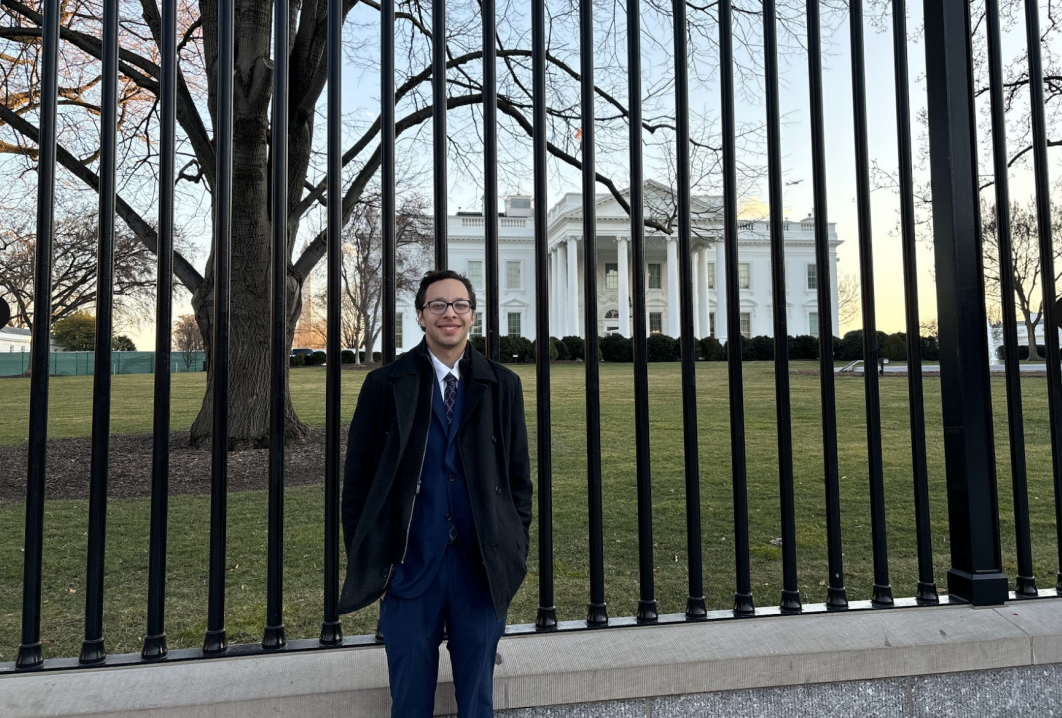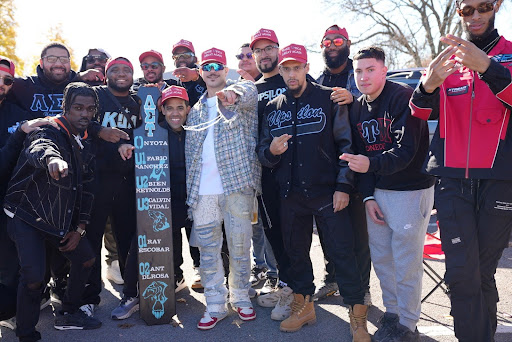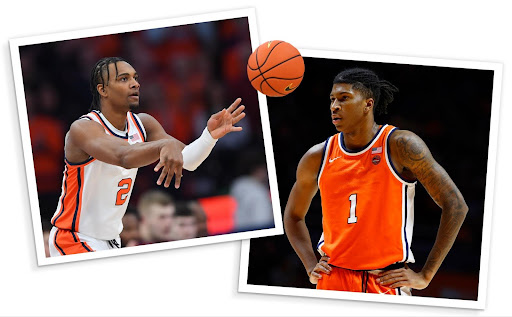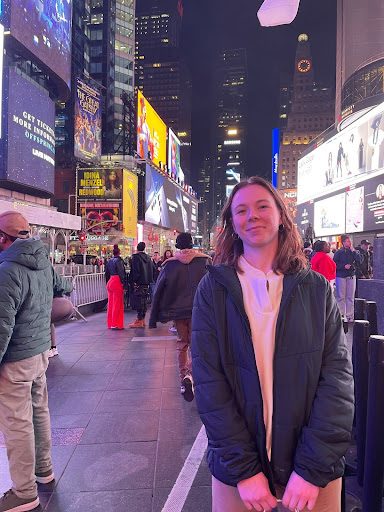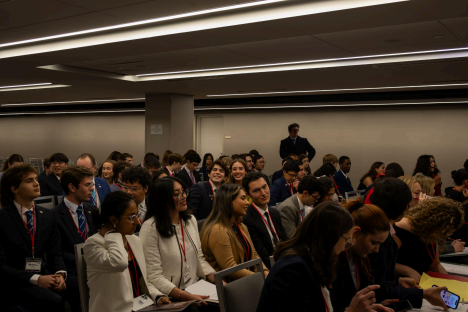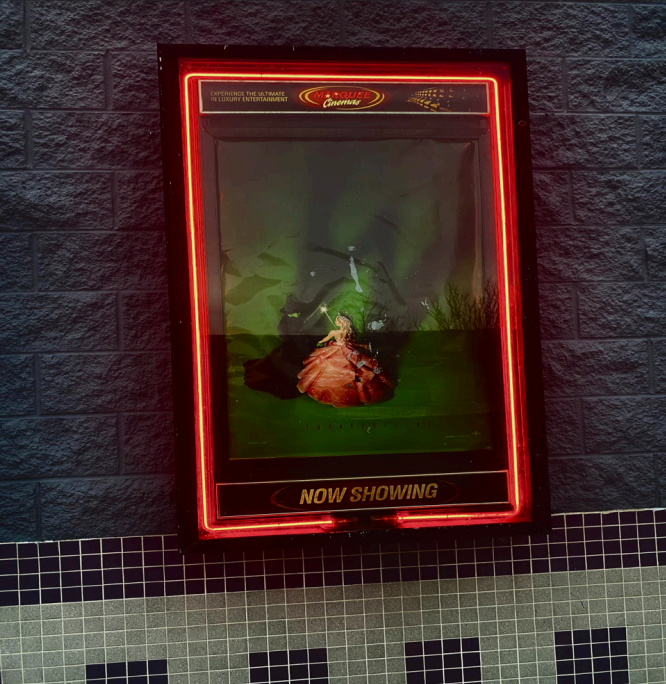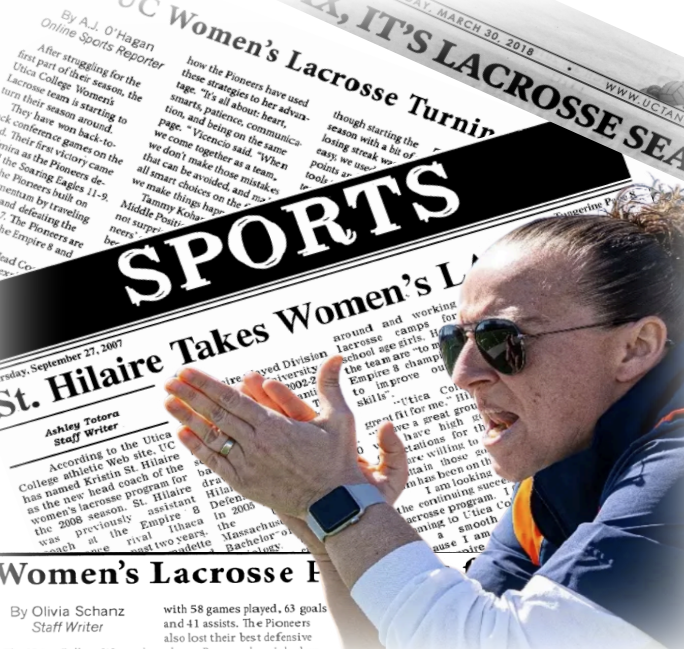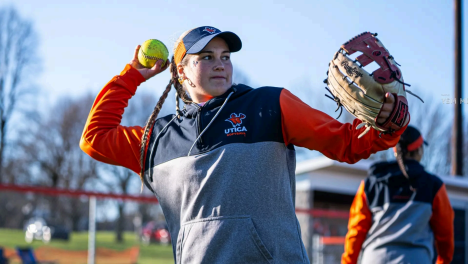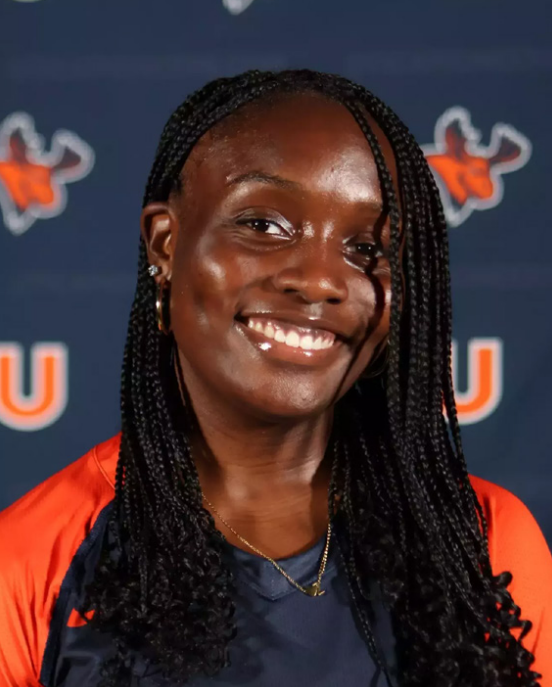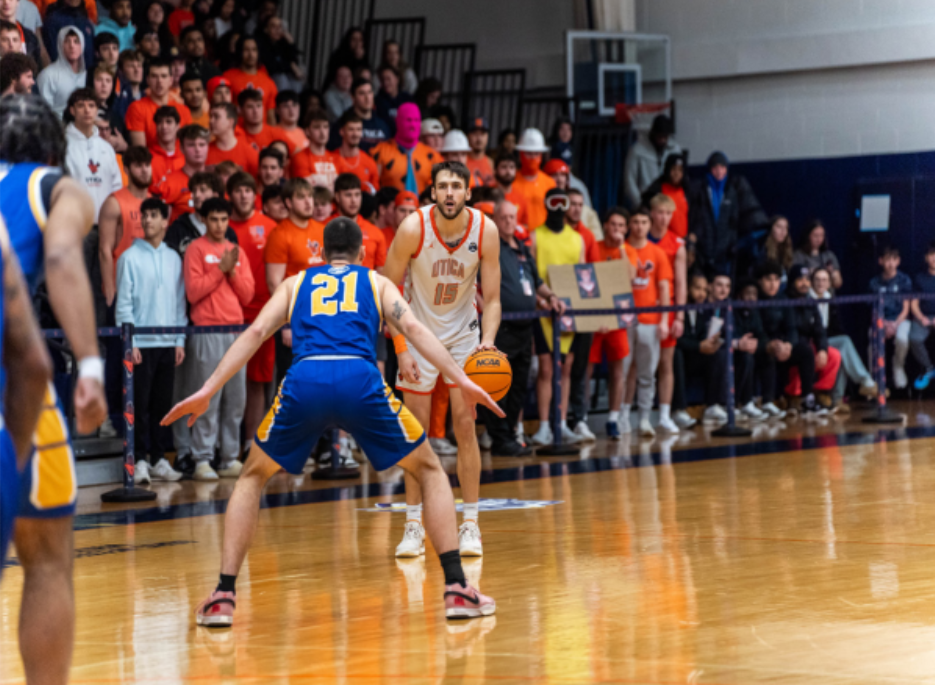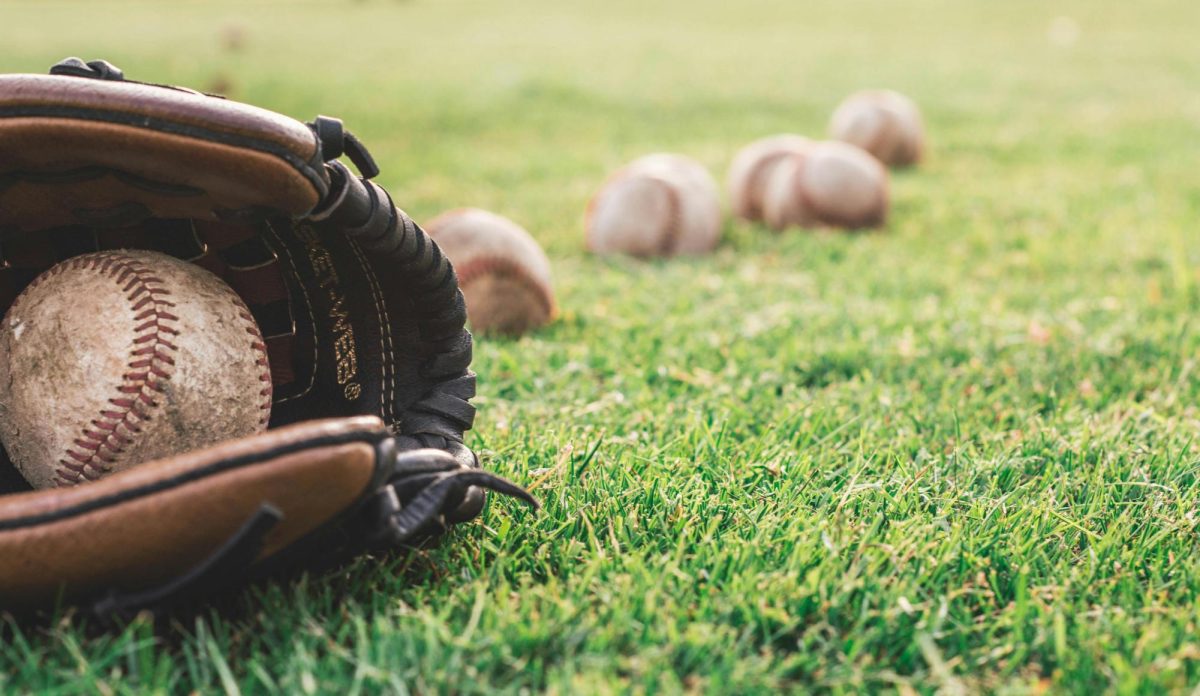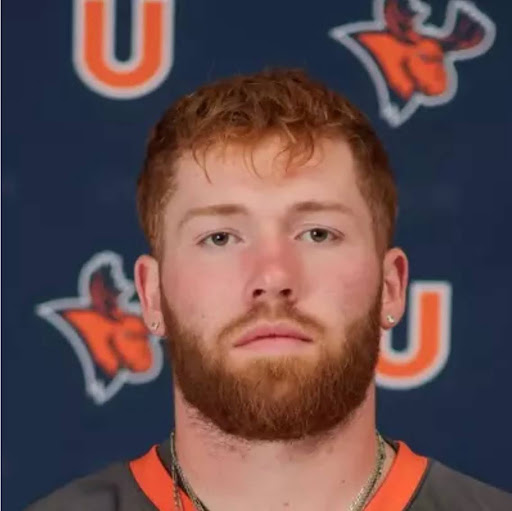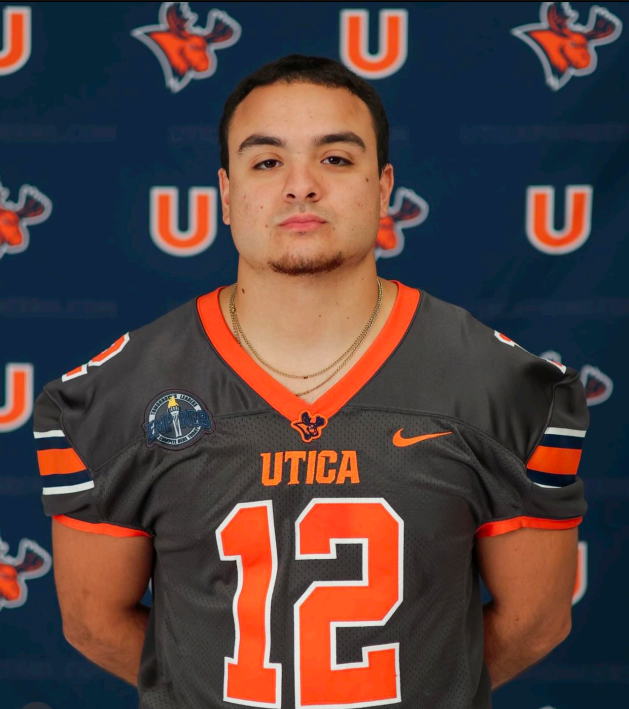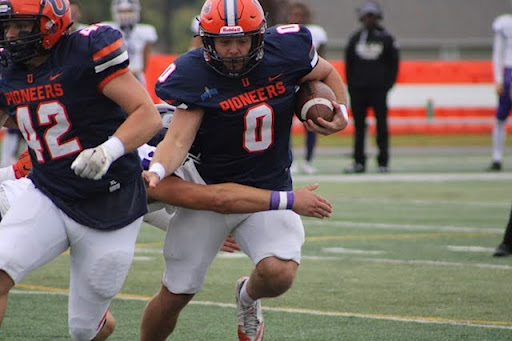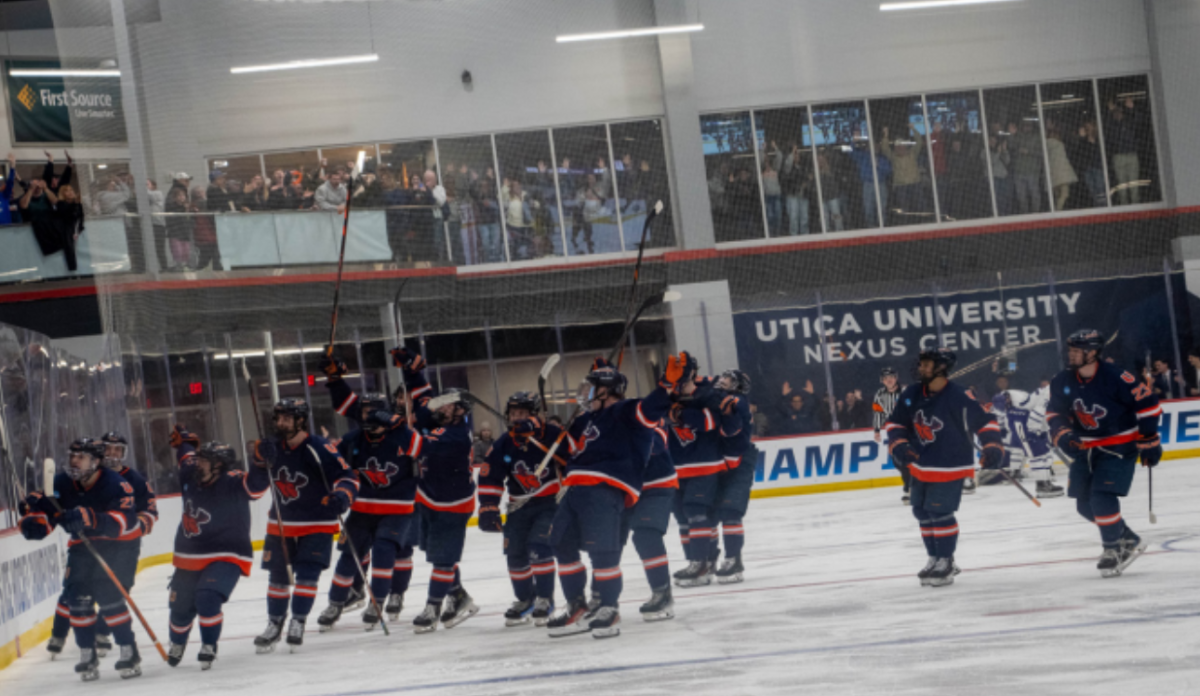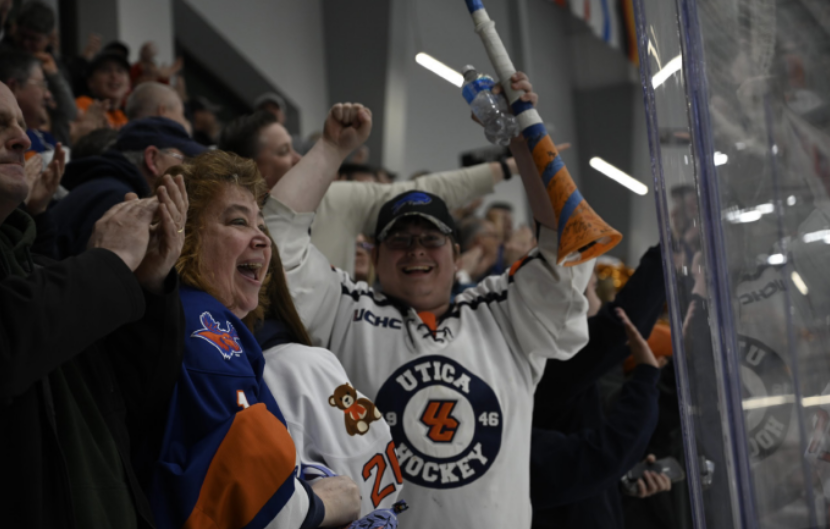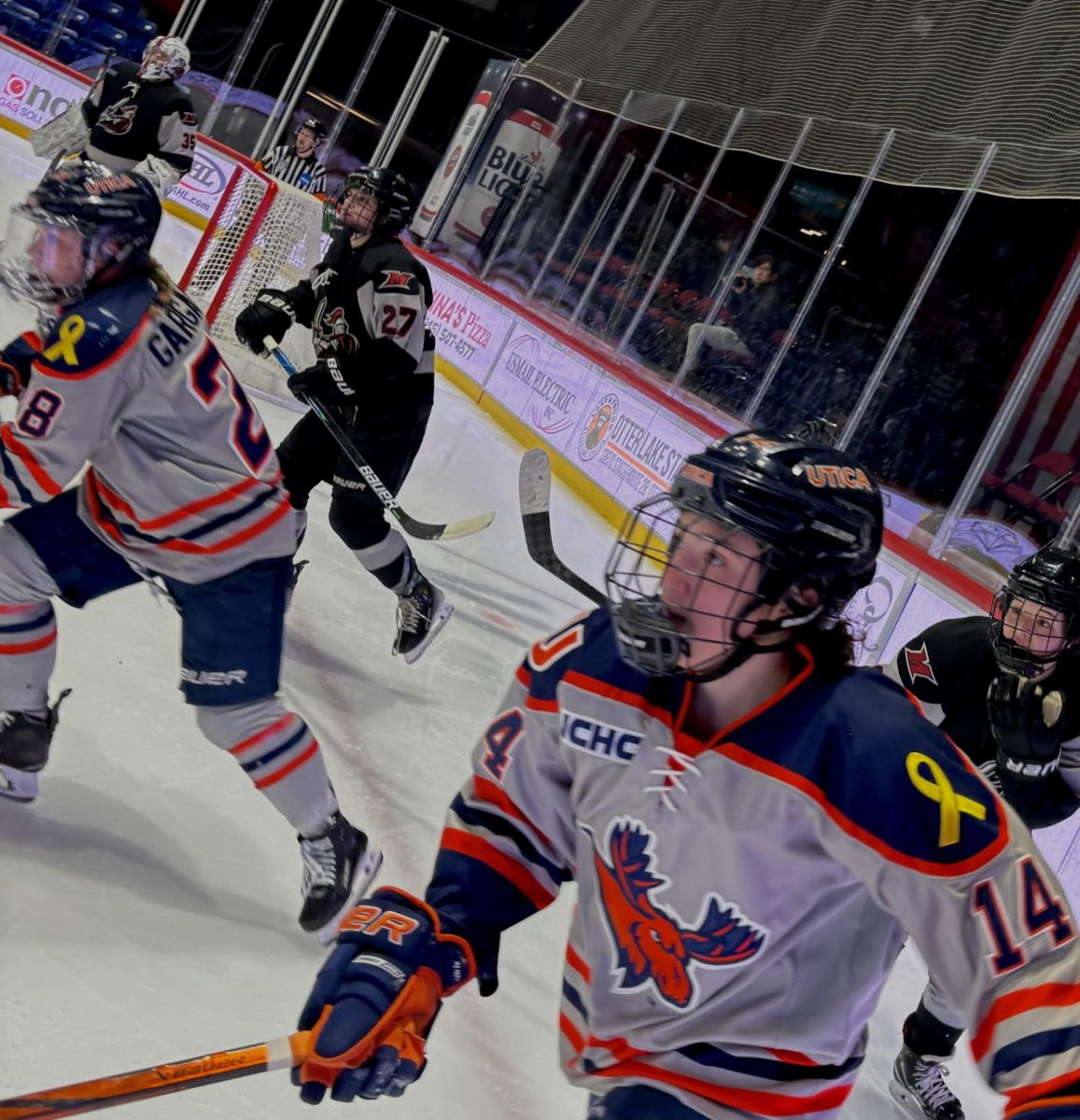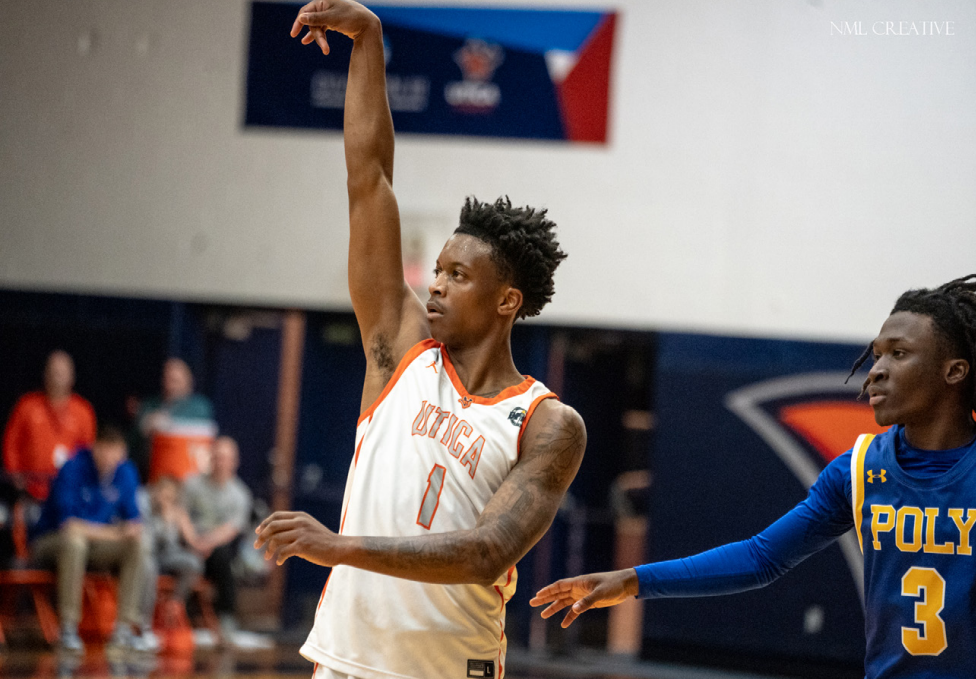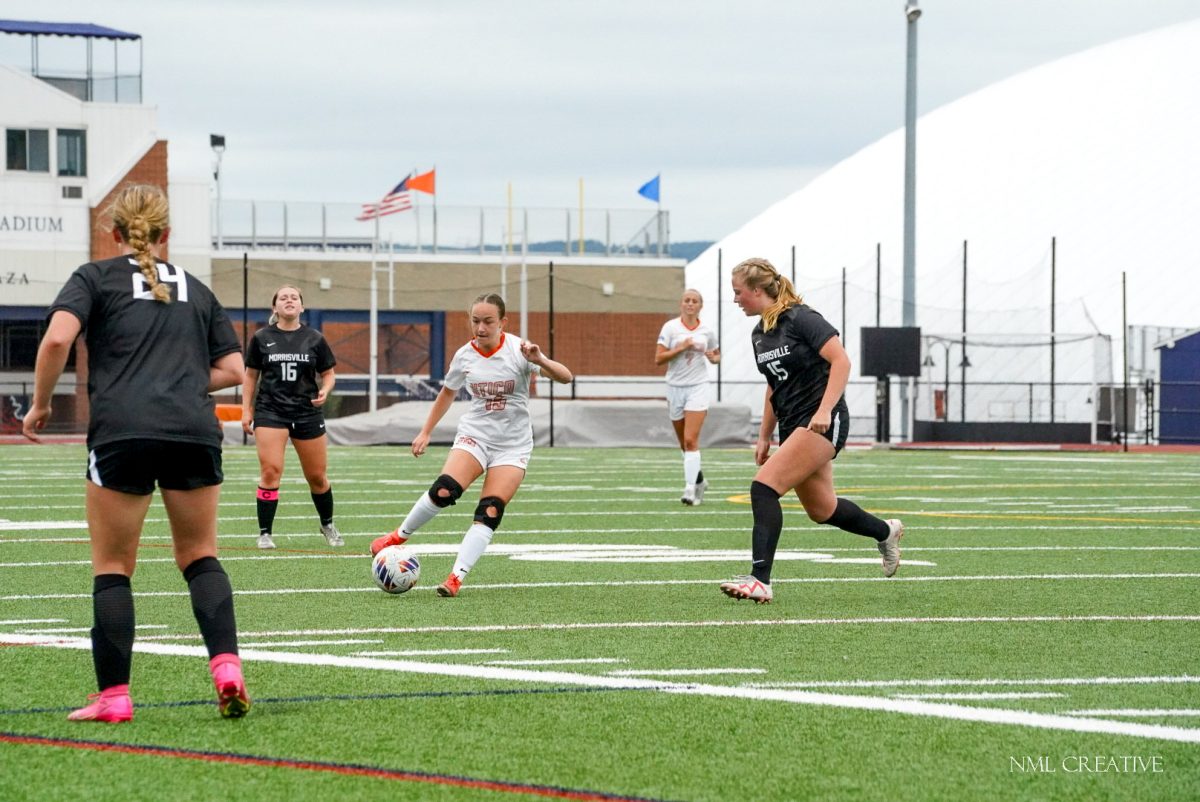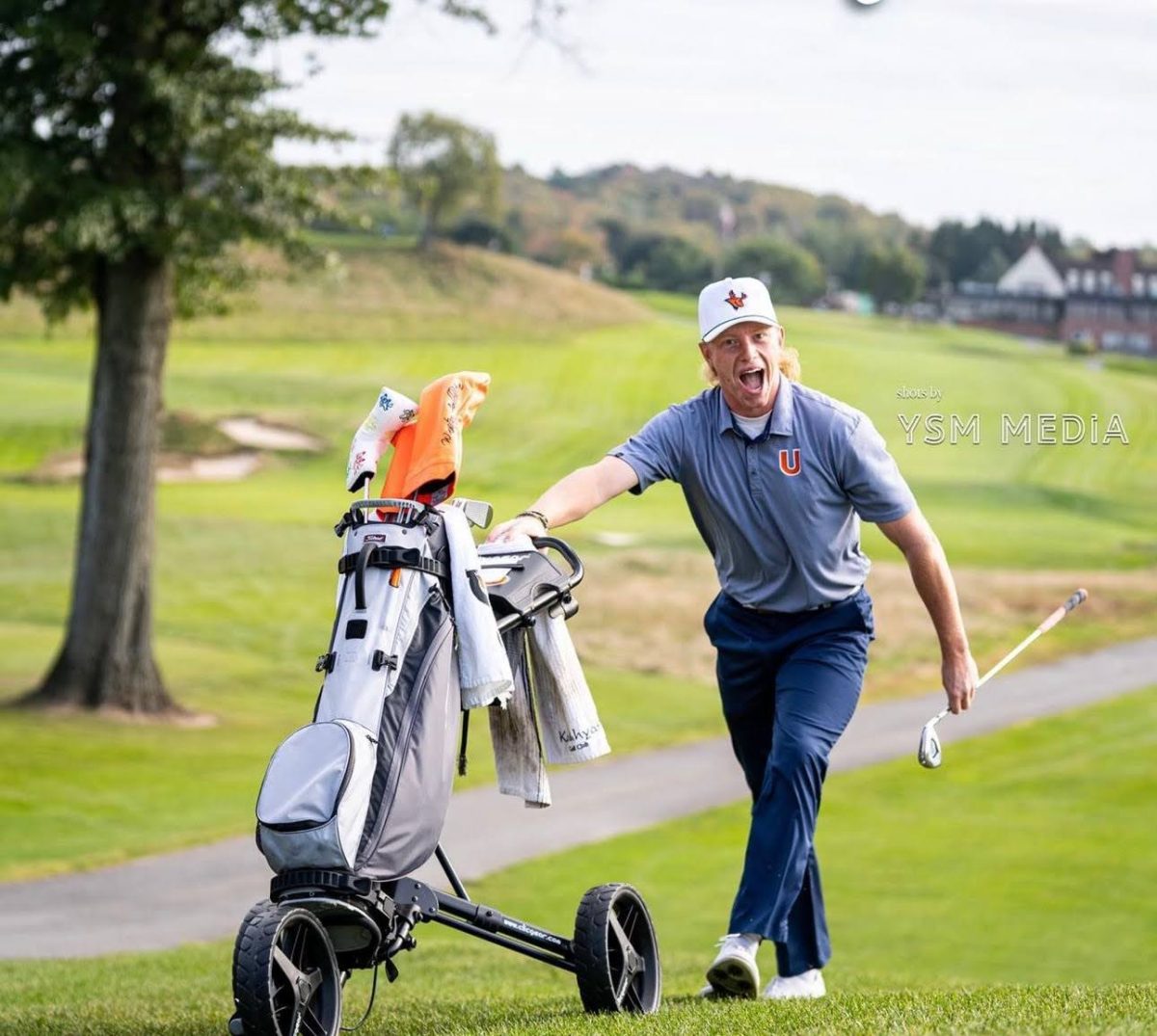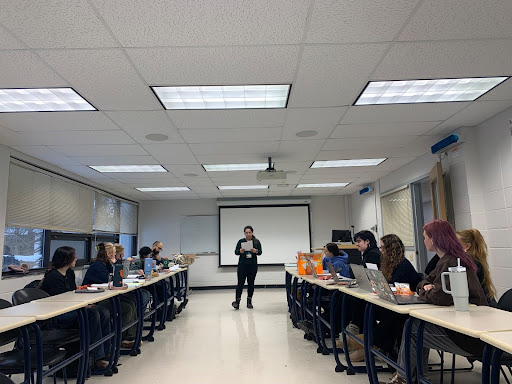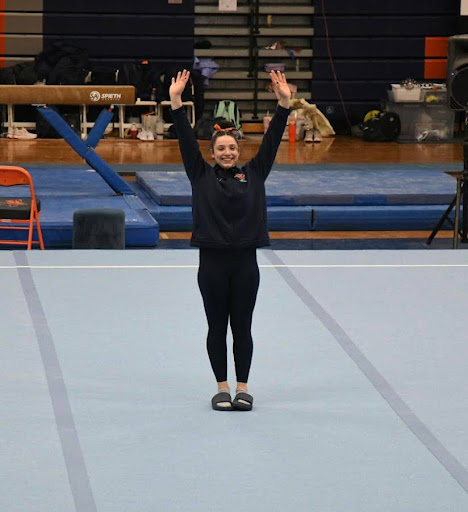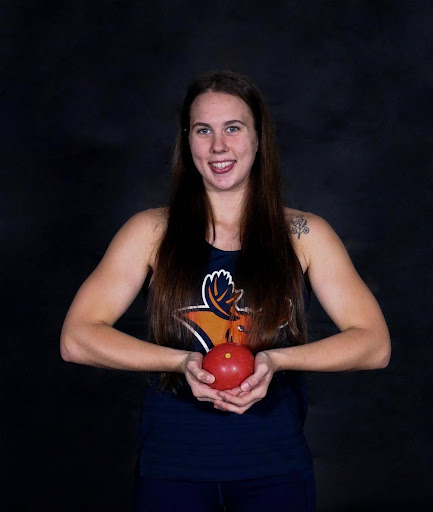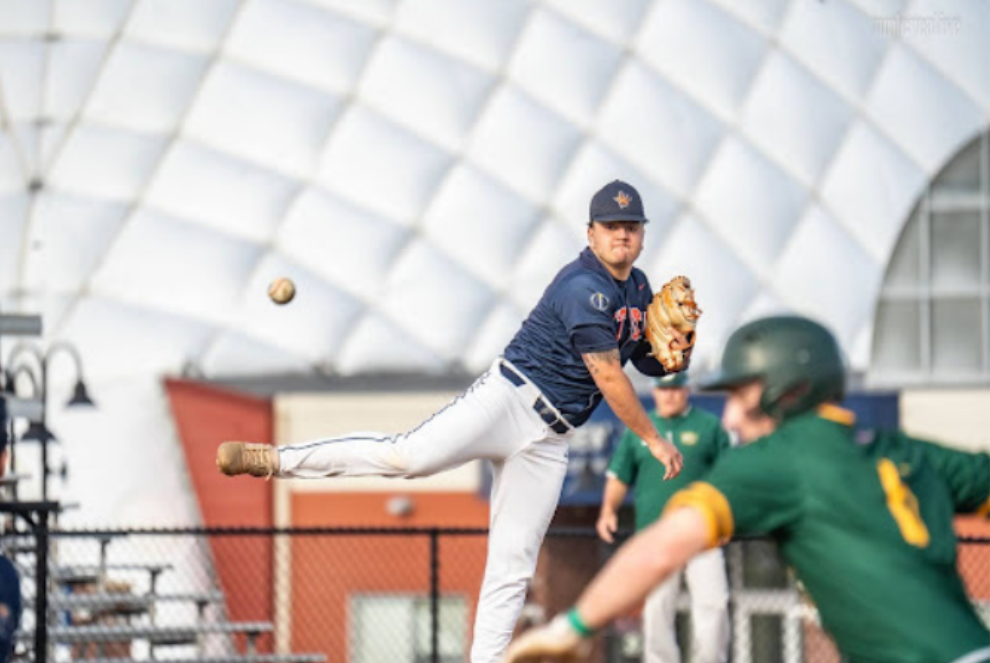James McClendon, Editor-in-Chief
When he was alone, Brandon James would often relax with one or two beers after a tough practice. However, when he was with his Colgate University basketball teammates, he remembered having more drinks than he could count.
It was not unusual for James to blackout and lose chunks of time from the night before.
This is a common occurrence among student-athletes. They are not immune from falling prey to the social pressure to consume alcoholic beverages when they arrive on college campuses.
“I never felt pressured to drink,” James said. “They did affect my decision on how much I drank, though.”
According to NCAA.org, college athletes are more likely to participate in “binge drinking” than traditional college students. “Binge drinking” is described as four or more drinks for females and five or more for males in a two-hour period.
In a 2013 NCAA study, 37.8 percent of Division III female athletes said that they typically have more than four drinks in one sitting. The same study showed that 50.4 percent of Division III male athletes reported typically consuming five or more drinks in one sitting.
The next-generation athlete
Softball head coach Pat Mineo began working at UC in 2004 and was immediately faced with concerns about his players abusing alcohol. On the team’s annual trip to Florida for spring training, some of his players tried to sneak alcohol on the flight. These girls were over 21 but they broke the team alcohol policy and were forced to miss the first weekend of games.
As more information about short- and long-term effects of alcohol on the body becomes available, student-athletes are becoming more cautious about what they put in their bodies.
“From what I see, I don’t think it is as big of a problem as it was 10 years ago,” Mineo said. “There is more information available to my players about how alcohol affects their bodies.”
In the 2013 NCAA study, it was found that 44 percent of male student-athletes across all divisions admitted to consuming five or more alcoholic beverages in one sitting. This is a drop from the 2005 study, which reported this number at 63 percent. The figures for female student-athletes also declined, dropping from 44 to 33 percent in the same time period.
According to an NCAA article, Division III student-athletes were reported as drinking alcohol more often than in the other divisions.
Assistant softball coach Danielle Alpi, described the players on her team and UC athletes in general as not fitting into this trend.
“I don’t see an athlete’s mindset being ‘I’m not Division I so I can drink on my off days,’” Alpi said. “I don’t think our girls think that way.”
Mineo said that over the past three or four years he has not had to deal with any alcohol related problems.
“Maybe the shade is pulled over my eyes but I don’t see a lot of drinking on my team,” Mineo said. “I’m not saying that it’s not possible, but it has not been present at any of my games or practices.”
Part of the team
Sophomore baseball player Keven Cisnero was surrounded by his Mohawk Valley Community College teammates. It was his first night of college and he was being pressured to participate in drinking games.
Cisnero had every intention of staying sober that night, however, he worried the pressure of fitting in would become too great.
The bond that athletes build with teammates can become so strong that it pushes them into making decisions even if it goes against their better judgment and self-interest. The fear of becoming ostracized can become more powerful than even the strongest moral compasses.
“I was not really a drinker,” Cisnero said. “All the guys wanted to play beer pong and take shots. I was not comfortable with it. I told them that I had stomach problems.”
Cisnero found a way to overcome the pressure to drink that night. He hoped it would be the last time but Cisnero knew he would face this challenge again soon.
48 hours of alcohol abstinence
For Matt Covucci, the 2010-11 basketball season ended with two games left on the schedule when Union College was eliminated from playoff contention. After the loss Covucci went on a two-day drinking binge in an attempt to drown the heartache of losing.
This was the first time Covucci had drank so close to a game and he was not ready for the effects of his decision.
According to Sports, Cardiovascular, and Wellness Nutrition (SCAN) of the Academy of Nutrition and Diuretics, the overuse of alcohol adversely affects the central nervous system and can lead to impaired judgement and slurred speech.
A 2013 SCAN resource document on ncaa.org, describes how excessive alcohol consumption affects balance, coordination and reaction time for athletes. According to the document, the decrease in cognitive function can lead to increased risk of injury and athletes can also suffer from dehydration due to the diuretic properties of alcohol.
“You have less rest and you feel lethargic,” Covucci said. “I feel I played okay but I was definitely not my normal self.”
According to the Student-Athlete, drinking behavior section of the 2013 study, 6.6 percent of student-athletes said they performed poorly in a practice or a game at least once due to alcohol consumption. Only one percent admitted to poor performance 10 times or more due to alcohol consumption.
The same survey showed that 14.3 percent of the student-athletes interviewed said they had a hangover at least once in the 12 months preceding the study. In that same time frame 15.3 percent said they had a hangover 10 times or more.
The 2013 SCAN document recommends athletes abstain from alcohol for 48 hours before competition or physical training in order to achieve the highest level of athletic performance.
Addressing the issue
UC men’s basketball coach Sean Coffey was an assistant coach at St. John Fisher for the last five years.
For Coffey, it has always been important for him to address any drinking issues he sees immediately. He wants to make sure that the problem does not grow into something even worse.
According to an ncaa.org article, “Best practices to address student-athlete alcohol abuse,” alcohol consumption by college students has historically been viewed as a harmless byproduct of the college experience.
It was generally known that players on the team were drinking alcohol after weekend games. It did not seem like a problem because the team typically played on Saturday and had an off day on Sunday.
When one of Coffey’s players was caught smoking marijuana, he was disciplined harshly. The player told his coaches that he felt he was being treated unfairly because other players on the team were drinking under the age of 21 and the coaches knew about it.
According to Coffey, this situation would not have occurred if the overall culture of alcohol use was addressed as soon as it became known to the coaching staff.
“I think that a well thought out decision on how to handle it should happen pretty quickly,” Coffey said.

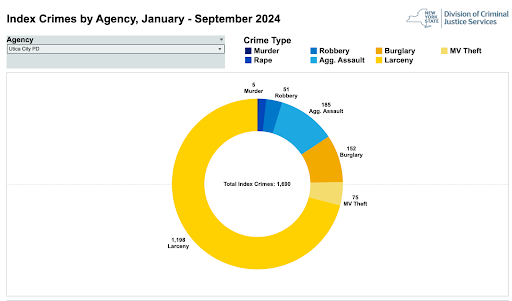



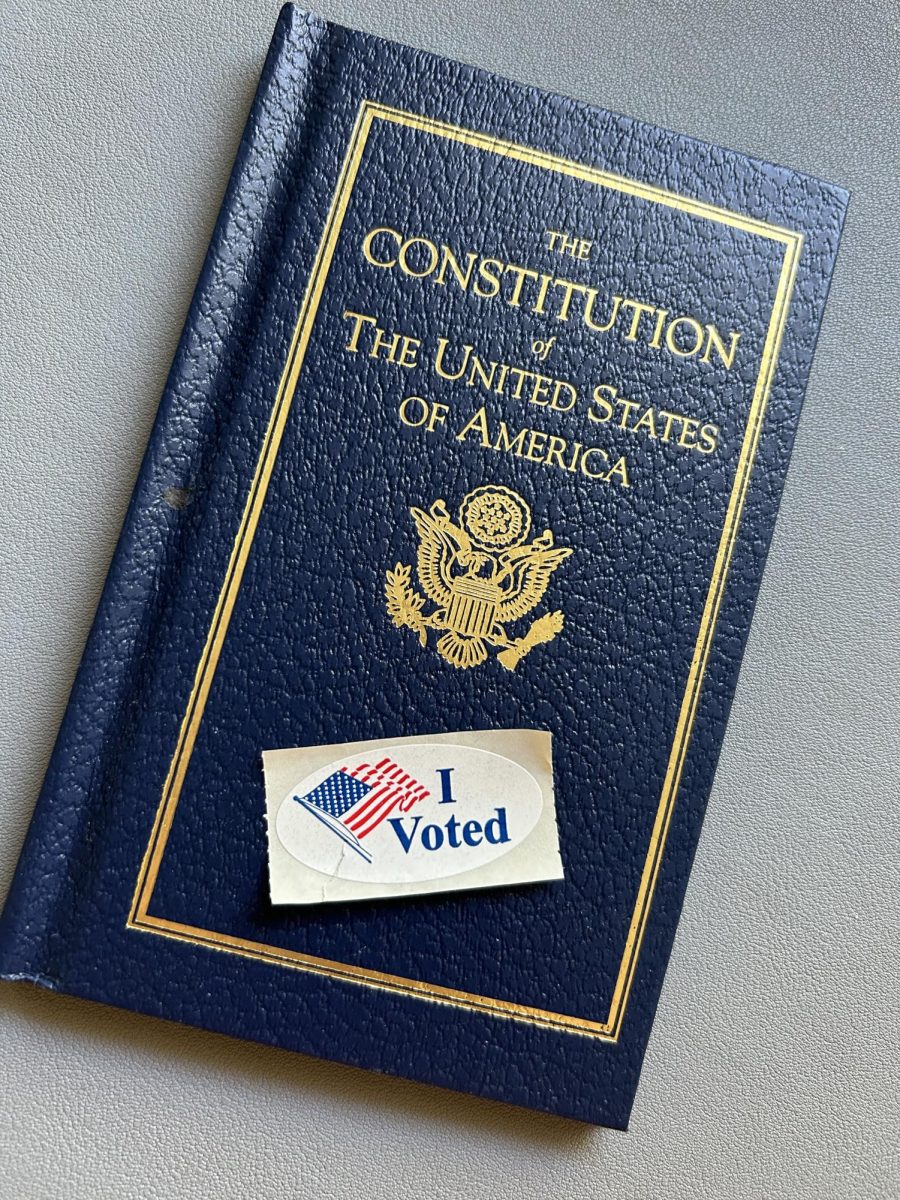
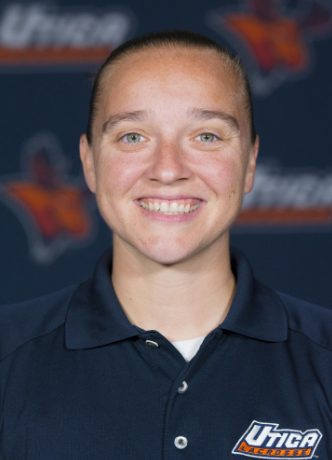
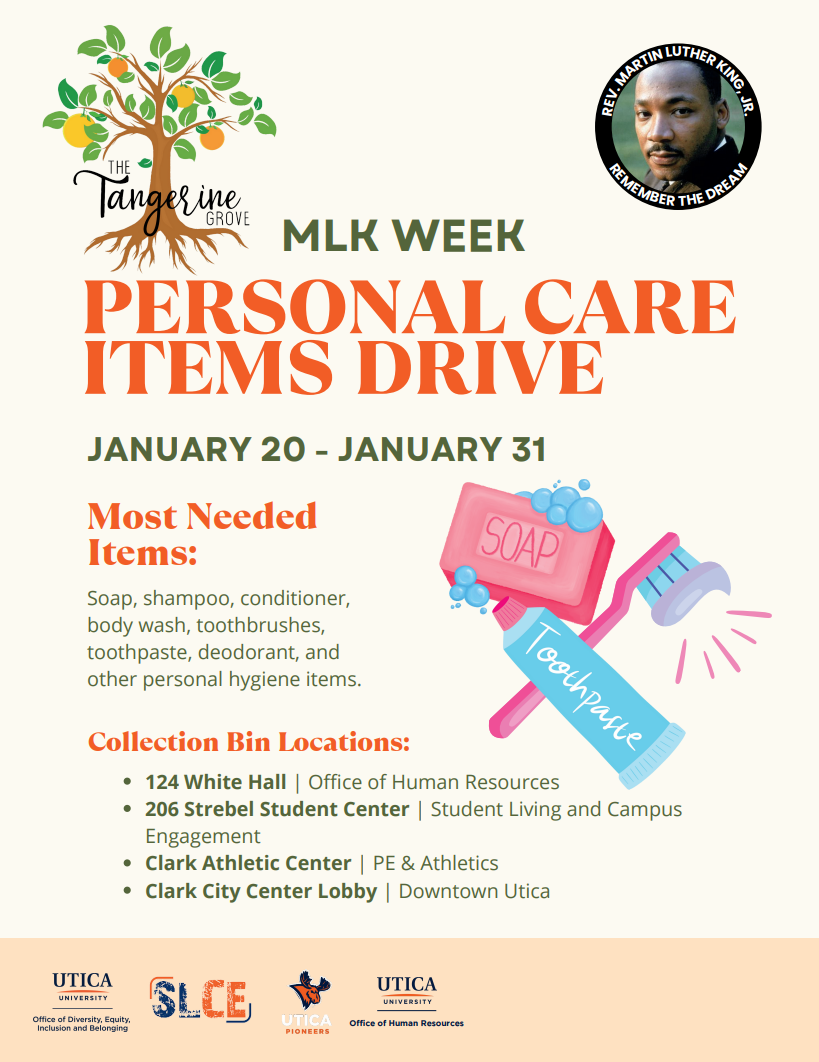







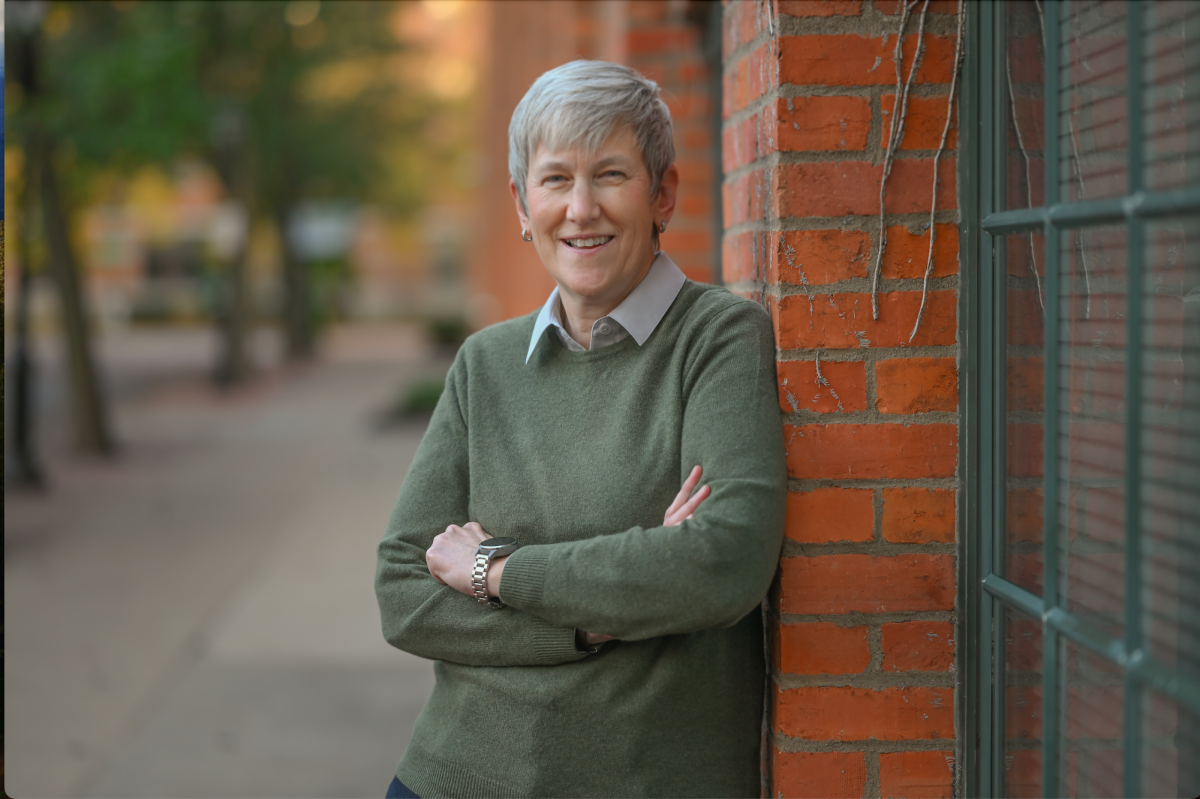


![President Todd Pfannestiel poses with Jeremy Thurston chairperson Board of Trustees [left] and former chairperson Robert Brvenik [right] after accepting the university's institutional charter.](https://uticatangerine.com/wp-content/uploads/2023/10/unnamed.jpeg)

